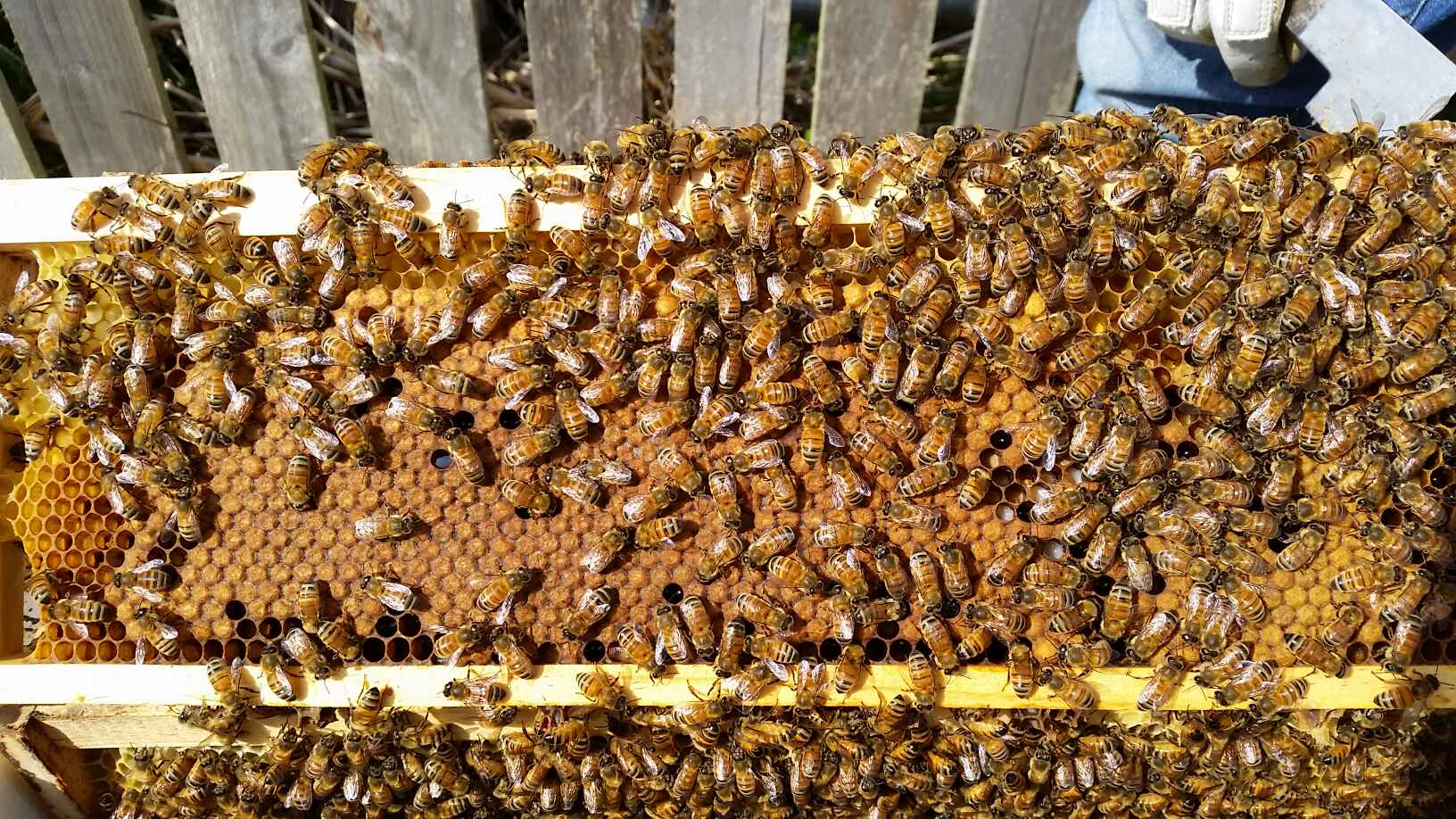Top Bee Forage
/After the hardest summer for a decade I have been reflecting on bee food. Boosting Autumn feeding is particularly important to help fatten the bees for winter. How do you know your bees are fat? Most of us don’t have scales small enough!! So the next best indicator is the level of pollen on the frames plus the amount of pollen coming through the door (at least three types is best).
My top ranked plants for bees at his time of the year?
IVY Tree
Ivy Tree (Hedera) has just finished flowering and the bees were all over it at a time when very little was flowering except in urban areas. There are quite a few bushes about for cuttings. It grows to a large shrub so plenty of flowers to supply to the bees.
Lavender
Lavender is often seen locally as purple or white types flowering during summer and autumn sometimes flowering for 6 months of the year. I find taking cuttings from the plants bees love to be a successful way to propagate. This nectar is exceptionally medicinal and nutritious for bees with the possibility of driving mites from hives. Every beekeeper should have a row of lavender bushes growing in their yards.
CALListemON
Pink Champagne Bottlebrush (Callistemon) is meant to be a spring flowerer but in Hobart there are pink bottlebrushes that flower for most of the year and many autumn flowering versions. So look for local varieties that are flowering now. They are fabulous for bees and birds. There are a number of bottlebrushes that do well on the east coast and these will adapt well to our conditions.
I could have chosen so many more plants like Autumn flowering Leptospermums, Autumn raspberries and Correa alba that all provide a food source for bees, so knock yourself out and get diggin'! A variety of pollen and nectar sources helps the bees thrive before winter. Planted now, they will have time to get established for next year.
And of course, starting a patch now for the Spring wild flower planting will be next on my list. All my old cottage seeds will be added.
Happy Beeking!




